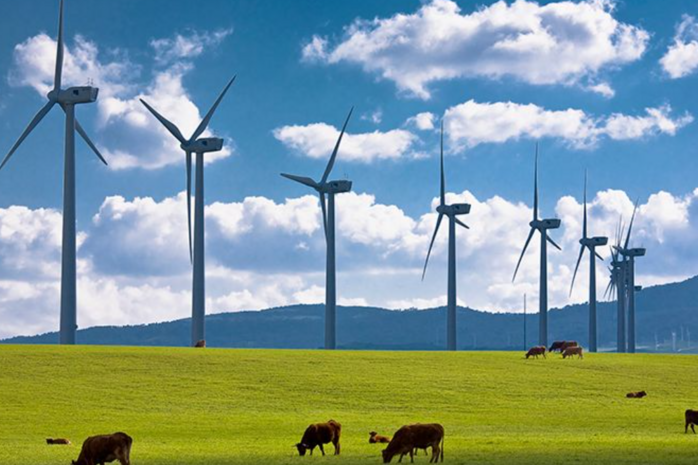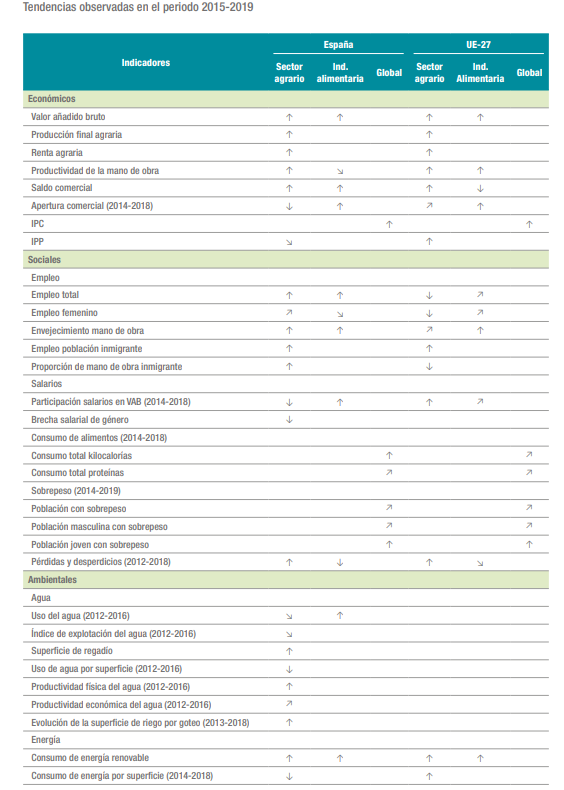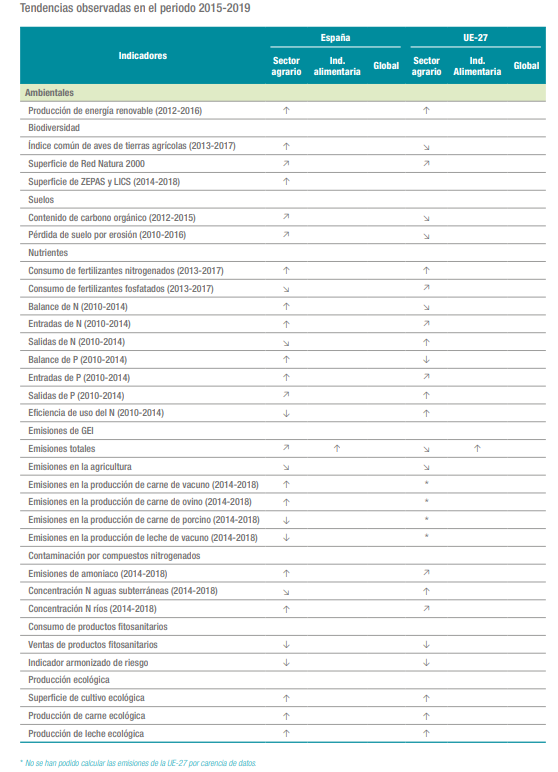Measuring sustainability of the Spanish agri-food sector
Sustainability measurement addresses the social, economic, and environmental aspects in order to support policy and decision-making. An observatory of indicators in order to monitor sustainability throughout the agri-food production chain -to facilitate the measurement of the degree of compliance with the SDGs- has been published in Spain.

A recently published book analyses the main sustainability indicators of the agri-food sector in Spain, comparing them with those obtained in the EU-27, where possible. It includes economic, social and environmental indicators for the primary sector and the food industry, from 2005 to 2020.

Study main conclusions
The coordinator of the report, Prof. Isabel Bardají of the Polytechnic University of Madrid, stressed the difficulty of drawing simplistic conclusions regarding the possible improvement or otherwise of the overall sustainability of the Spanish agri-food sector. In this respect, she said that "many indicators show significant oscillations and longer periods of time are required to arrive at conclusive results". However, "some positive and some negative aspects have been highlighted", Prof. Bardají added.
During the presentation of the book, Prof. Bardají pointed out that "in its social and economic dimension, the sector continues to be an important source of income and employment and maintains a positive trade balance. But it has problems such as the high degree of ageing of its workers, the difficulties of female employment or the low growth in prices received by farmers who are unable to benefit from the increase in consumer prices".

She also considered very relevant "the magnitude of losses and waste along the chain or the spread of obesity among the adult population". The environmental aspects have received special attention and its evolution shows that "although less and less water and energy is being consumed and soil losses through erosion are being reduced, there are still worrying values in some areas such as greenhouse gas emissions or atmospheric pollutants such as ammonia, in which the need for improvement is unavoidable", she concluded.
Roberto García Torrente, Director of Sustainable Development at the Cajamar cooperative group, emphasized that the most innovative element of the publication lies in the inclusion of environmental indicators. "With this report, we want to incorporate elements that contribute, through agriculture, to reducing the environmental impact of human activity and, therefore, to reducing the global warming we are experiencing". "Agriculture, unlike other economic activities, can be a net contributor to the decarbonization of the economy. To achieve this, the first step is to know what we are doing and to identify actions for improvement", Mr García Torrente added.
The following two charts show the trends observed in Spain and the EU-27 for all indicators in the period 2015-2019.


Nature of the indicators
The selected set of indicators mainly includes:
- Economic indicators: gross value added (GVA), labor productivity, foreign trade and prices.
- Social indicators: employment, wages, food consumption, overweight, and food losses and food waste.
- Environmental indicators: water, energy, biodiversity, soils, nutrients, greenhouse gas emissions, nitrogen pollution, plant protection products and organic production.
The final objective of the book, published by Cajamar, is to facilitate the quantitative monitoring of the selected parameters and their comparison with the rest of the EU countries. This will result in the design of new public policies and strategies in the context of the 2030 Agenda.
See the full study in Spanish here: Publicaciones Cajamar
